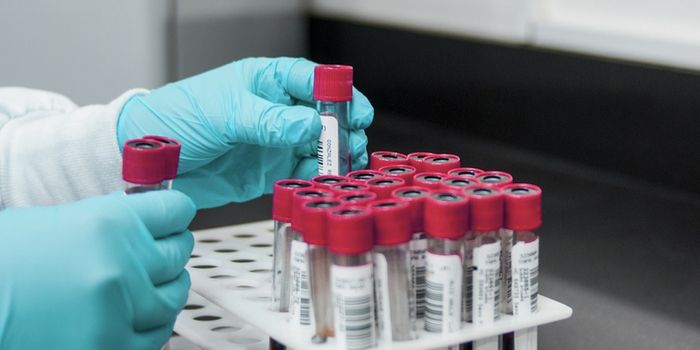Video Game Dramatically Improves Autism Diagnosis
Scientists have created a new kind of test for autism, which relies on motion tracking technology that monitors a participant as they imitate movements shown in a video. The technology finds small changes in those movements that can distinguish between children that are neurotypical or have ADHD, and those who have autism. The work has been reported in The British Journal of Psychiatry.
The researchers validated this technology with a group of volunteers. Children between the ages of seven and thirteen were asked to mimic dance-like movements performed by a video avatar for a minute. The kids' movements were measured with this novel technology, which is called the Computerized Assessment of Motor Imitation (CAMI).
CAMI was able to differentiate between children with autism and neurotypical children 80 percent of the time. CAMI could also distinguish between those with autism and those with ADHD with 70 percent accuracy.
Autism can be very difficult to diagnose. Clinicians have also noted that it is challenging to determine whether a patient has autism, ADHD, or both, and they can frequently happen in the same patient. Therefore, this test may improve the diagnosis of both autism and ADHD.
"Diagnosing autism can be challenging, especially when children have overlapping traits with other conditions like ADHD. If the condition is misdiagnosed, it can impact support and resources for the child." said study co-author Dr. Stewart Mostofsky, director of the Center for Neurodevelopmental and Imaging Research at Kennedy Krieger Institute.
"Autism is traditionally seen as a social-communication disorder, but we now know sensory-motor difficulties, like motor imitation, play a key role in shaping social and communication skills. CAMI identifies autism by tapping into these challenges, which are distinct from ADHD," explained senior study author Dr. Bahar Tunçgenç of Nottingham Trent University. "What makes CAMI exciting is its simplicity. Video games are fun for kids, fast for clinicians, and provide clear results."
It may also be possible to continue to develop the diagnostic capabilities of CAMI to include younger children or individuals with other developmental challenges. It has other advantages as well; the researchers noted that it is easy to set the system up, and it's inexpensive so it could be used in many different clinics at low cost and with little training.
"This tool could transform autism diagnoses worldwide," said Mostofsky.
Sources: Kennedy Krieger Institute, The British Journal of Psychiatry








